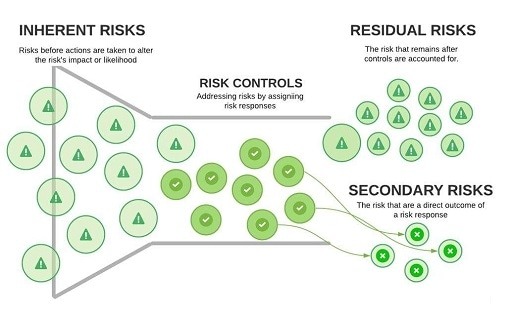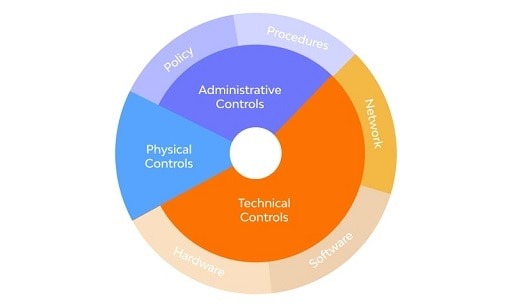Building a product requires precision and careful planning, no matter what it is. The same applies to software products. This is where the role of the Software Development Life Cycle (SDLC) assumes importance.
So, what exactly is SDLC? SDLC is a software development methodology used by software development companies to architect, build, test, and ship high-quality software products that equally match the expectations of their stakeholders and customers.
This methodology also allows software development companies to deliver the final product within the cost and timeframe of the stakeholders, software development companies in India.

However, many companies deviate from this standard methodology. Lack of proper knowledge about the phases involved in SDLC is one of the main reasons for these software development companies to derail this process.
If you are trying to find a software development vendor that complies with the SDLC methodology to build software solutions that match your expectations. Prospecting software development companies in India are worth a shot, as many of them meet international standards and have wide expertise in various software development methodologies.
In this article, we will have a quick look at how SDLC works and will deliver you insights. So that you can get a better understanding of the entire software development life cycle.
Software Development Life Cycle: Phases Involved
The SDLC usually involves 7 main phases, which include the requirement gathering & analysis phase, system architectural & designing phase, development & testing, deployment, and maintenance. We will explain these phases in detail below:
Requirement gathering & analysis phase
This phase is the core part of any kind of software development project. Being an important part of the entire project life cycle. These are usually undertaken by a senior business analyst who has subject matter expertise in a specific domain (or a team of business analysts).
After the requirements are elicited, the Business analyst will analyze these requirements to eliminate the ambiguity of the gathered requirements. This stage is followed by requirements modeling. Where the BA documents these requirements in multiple formats such as functional documentation, user stories, and use cases.
You may also like: How to become a Coder from Home
System architectural & designing phase
Soon after completing the requirement elicitation and analysis. The SRS (Software Requirement Specification) drafted by the BA team is validated and approved by stakeholders or customers.
Based on the requirements outlined in the Software Requirement Specification, multiple software architectures will be developed and documented in a DDS (Design Document Specification) by a Systems Architect.
Stakeholders select the designs proposed in the DDS by closely reviewing them based on multiple parameters such as modularity of the design, functionalities, risks involved, cost, and delivery time.
You may also like: 10 Amazing Tips to Manage Your E-commerce Website
Development & testing phase
This stage of the life cycle is where the actual development of the software product starts. During this stage, programmers will follow coding standards and software development best practices. So that they can produce clean codes that can be tested with ease.
The programming languages and frameworks used can vary depending on the software product they are building. Software testing is always done in tandem with the development process. However, the software is tested in all stages of the development process.
The quality of the final build is benchmarked based on its compliance with various software testing processes such as functionality testing, security testing, penetration testing, automation testing, etc.
Deployment
The deployment phase is where the final build is shipped to the actual users. However, instead of releasing the product to its end users. Many software development companies release it in their internal business testing environment, otherwise known as User acceptance testing or UAT. This will help them to collect user feedback and mistakes before releasing the software into the market.
Maintenance & Support
The life cycle doesn’t end even after the product is deployed; depending on the software product, developers still need to enhance it based on the actual feedback collected from their customer base.
Importance of SDLC
SDLC is highly important as it gives total control of the development process. It also makes sure that the software architecture of your product complies with all the expected requirements. When done right, it can help your development team gain a better understanding of the product they are working on and the reason to build it.
Based on the software product and the complexity of the requirements that you are planning to build. There are now a variety of SDLC models available.
The Waterfall Model, Iterative Model, Agile Model, V-Shaped Model, Spiral Model, Bigbang model are among the most commonly used SDLC models. Out of which Agile Scrum methodology is the most popular model that you can greatly rely on.
Many software outsourcing companies in India use this SDLC methodology to build quality products within the estimated budget and timeframe.
Would you like to read more about software development companies-related articles? If so, we invite you to take a look at our other tech topics before you leave!










